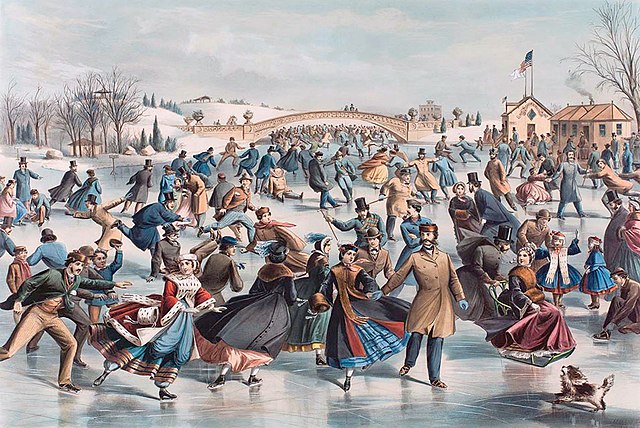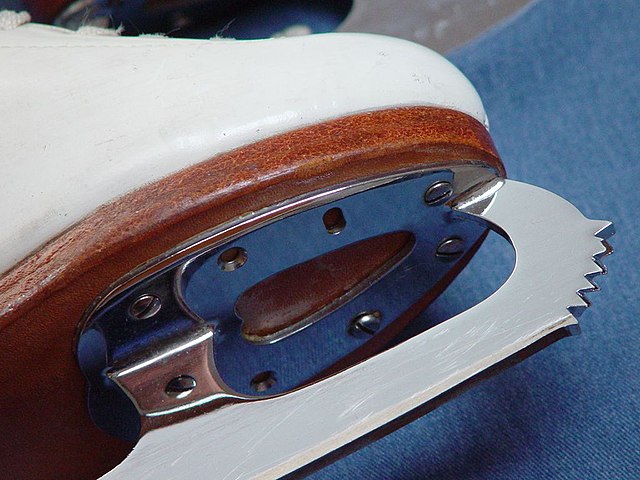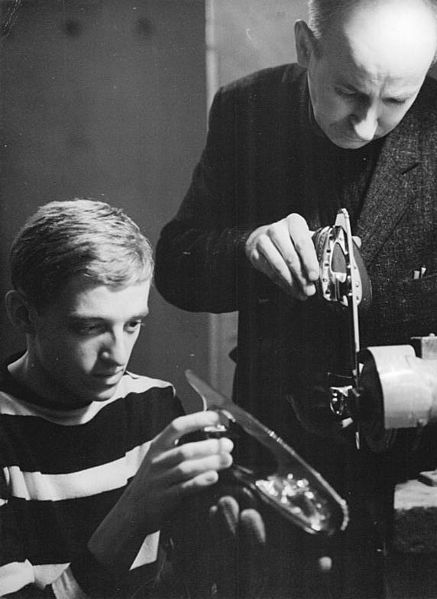The Salchow jump is an edge jump in figure skating. It was named after its inventor, Ulrich Salchow, in 1909. The Salchow is accomplished with a takeoff from the back inside edge of one foot and a landing on the back outside edge of the opposite foot. It is "usually the first jump that skaters learn to double, and the first or second to triple". Timing is critical because both the takeoff and landing must be on the backward edge. A Salchow is deemed cheated if the skate blade starts to turn forward before the takeoff, or if it has not turned completely backward when the skater lands back on the ice.
Ulrich Salchow, inventor of the Salchow jump
Japanese figure skater Miki Ando (2009)
Figure skating is a sport in which individuals, pairs, or groups perform on figure skates on ice. It was the first winter sport to be included in the Olympic Games, with its introduction occurring at the 1908 Olympics in London. The Olympic disciplines are men's singles, women's singles, pair skating, and ice dance; the four individual disciplines are also combined into a team event, which was first included in the Winter Olympics in 2014. The non-Olympic disciplines include synchronized skating, Theater on Ice, and four skating. From intermediate through senior-level competition, skaters generally perform two programs, which, depending on the discipline, may include spins, jumps, moves in the field, lifts, throw jumps, death spirals, and other elements or moves.
Figure skater Yuzuru Hanyu (2019)
"Central Park, Winter: the Skating Pond", 1862 lithograph
Close-up of a figure skating blade, showing the toe picks, the hollow (groove) on the bottom of the blade, and screw attachment
Blade sharpening






